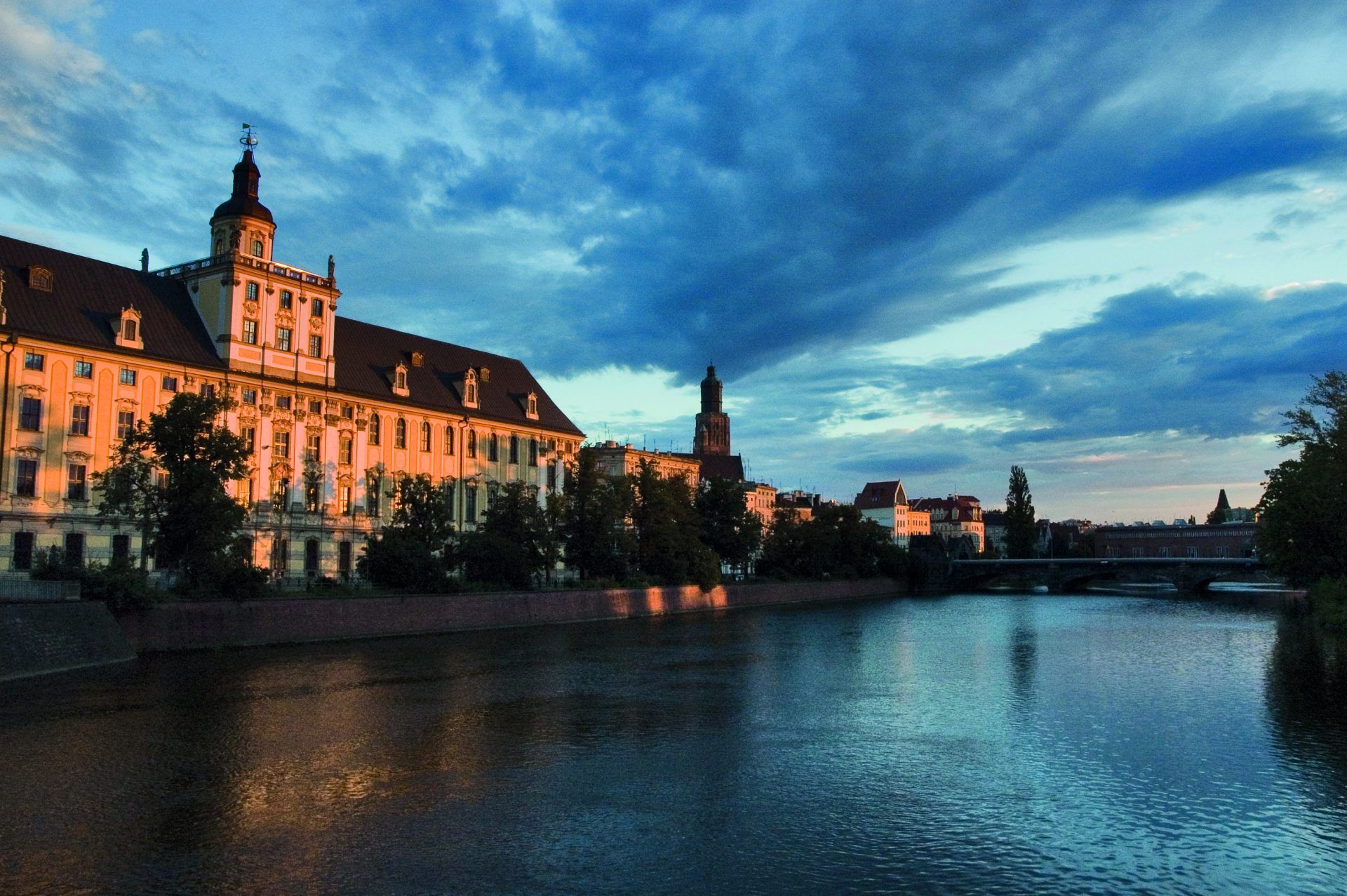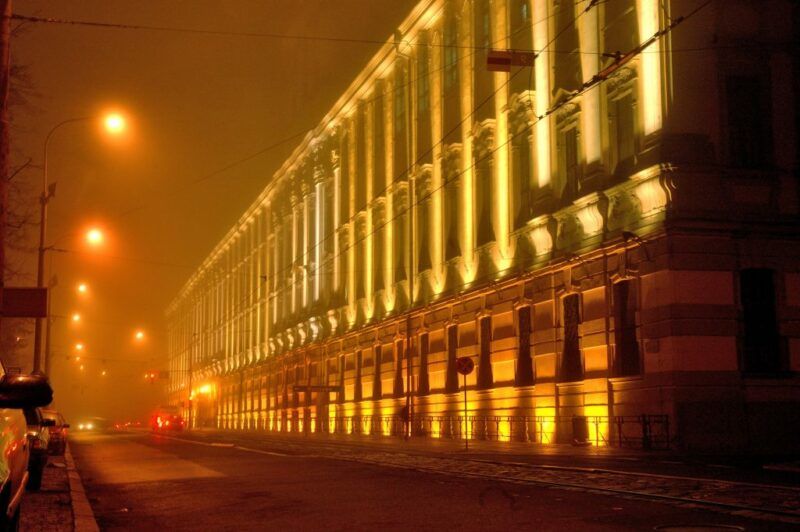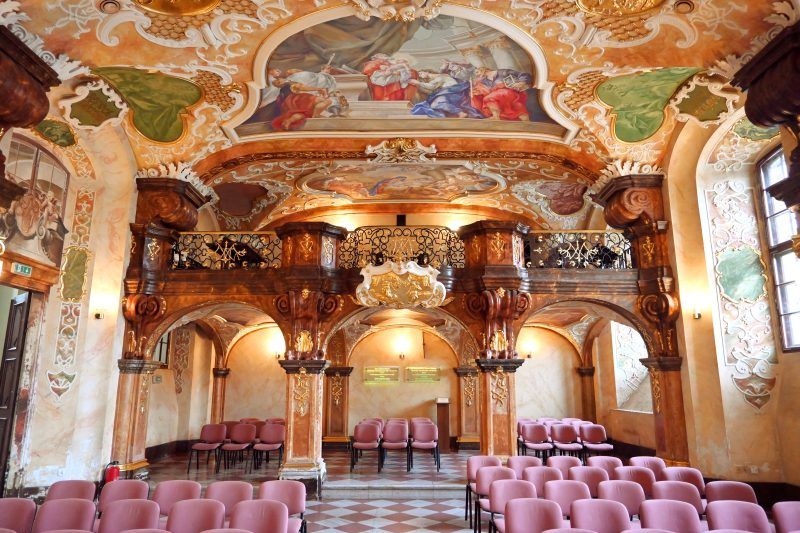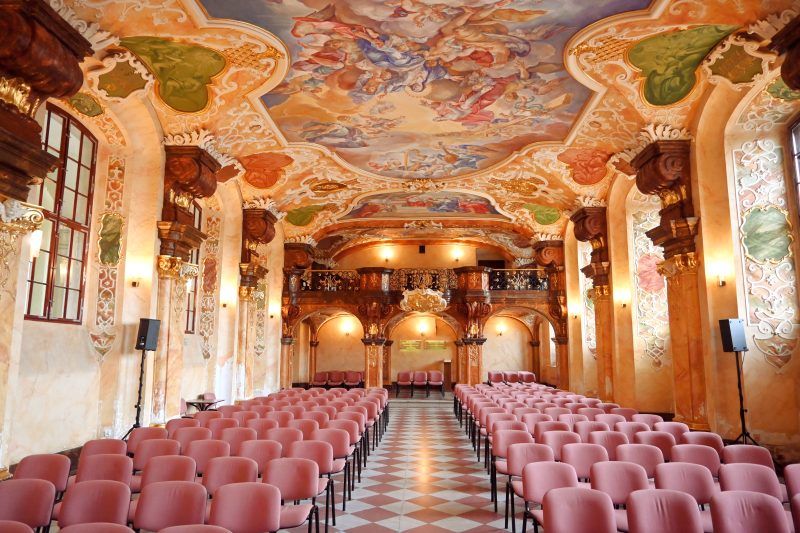Szukaj

Uniwersytet Wrocławski
Uniwersytet Wrocławski

Wrocław
Galeria

Uniwersytet Wrocławski i rzeka Odra
2
Wieża matematyczna Uniwersytetu Wrocławskiego
2
Uniwersytet Wrocławski
2
Uniwersytet Wrocławski
2
Oratorium Marianum w Muzeum Uniwersytetu Wrocławskiego, fot. Albin Marciniak
2
Oratorium Marianum w Muzeum Uniwersytetu Wrocławskiego, fot. Albin Marciniak
2
Oratorium Marianum w Muzeum Uniwersytetu Wrocławskiego, fot. Albin Marciniak
2